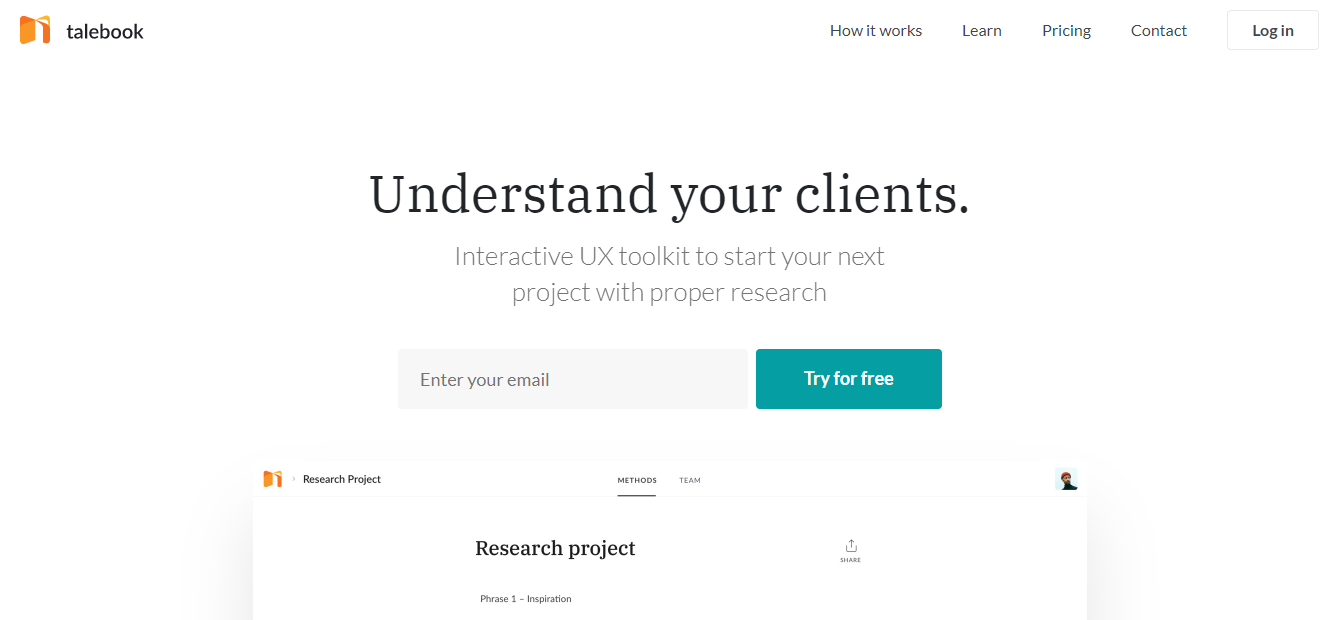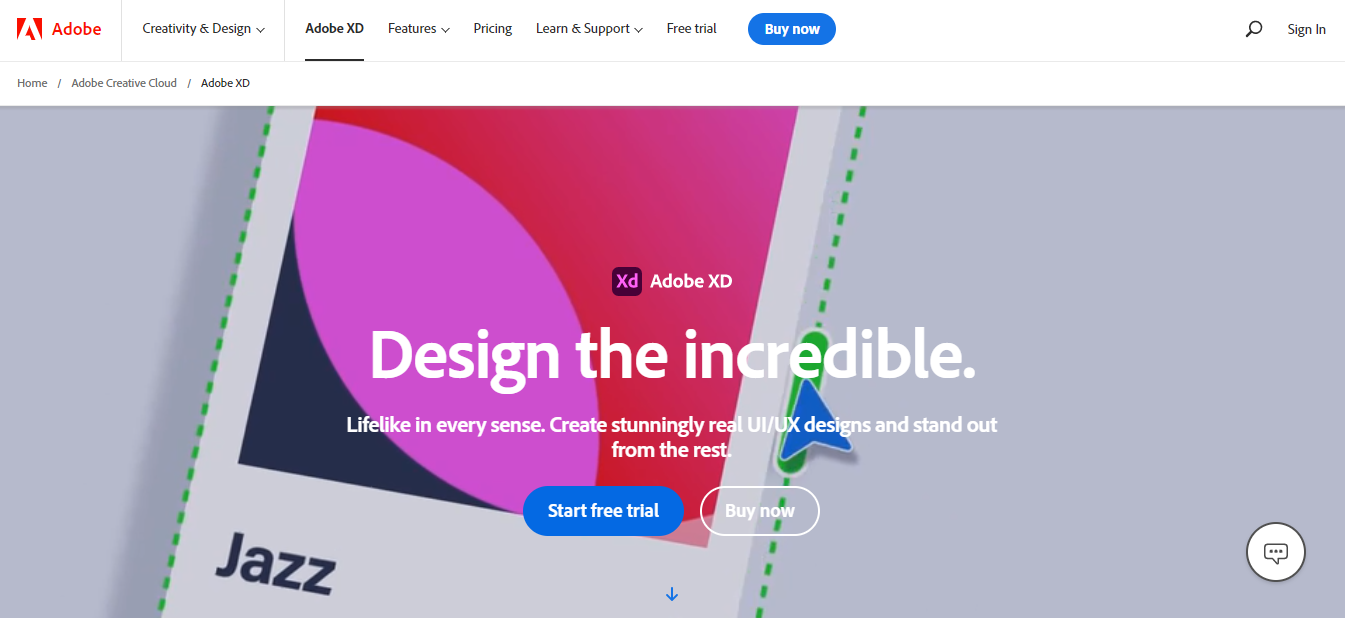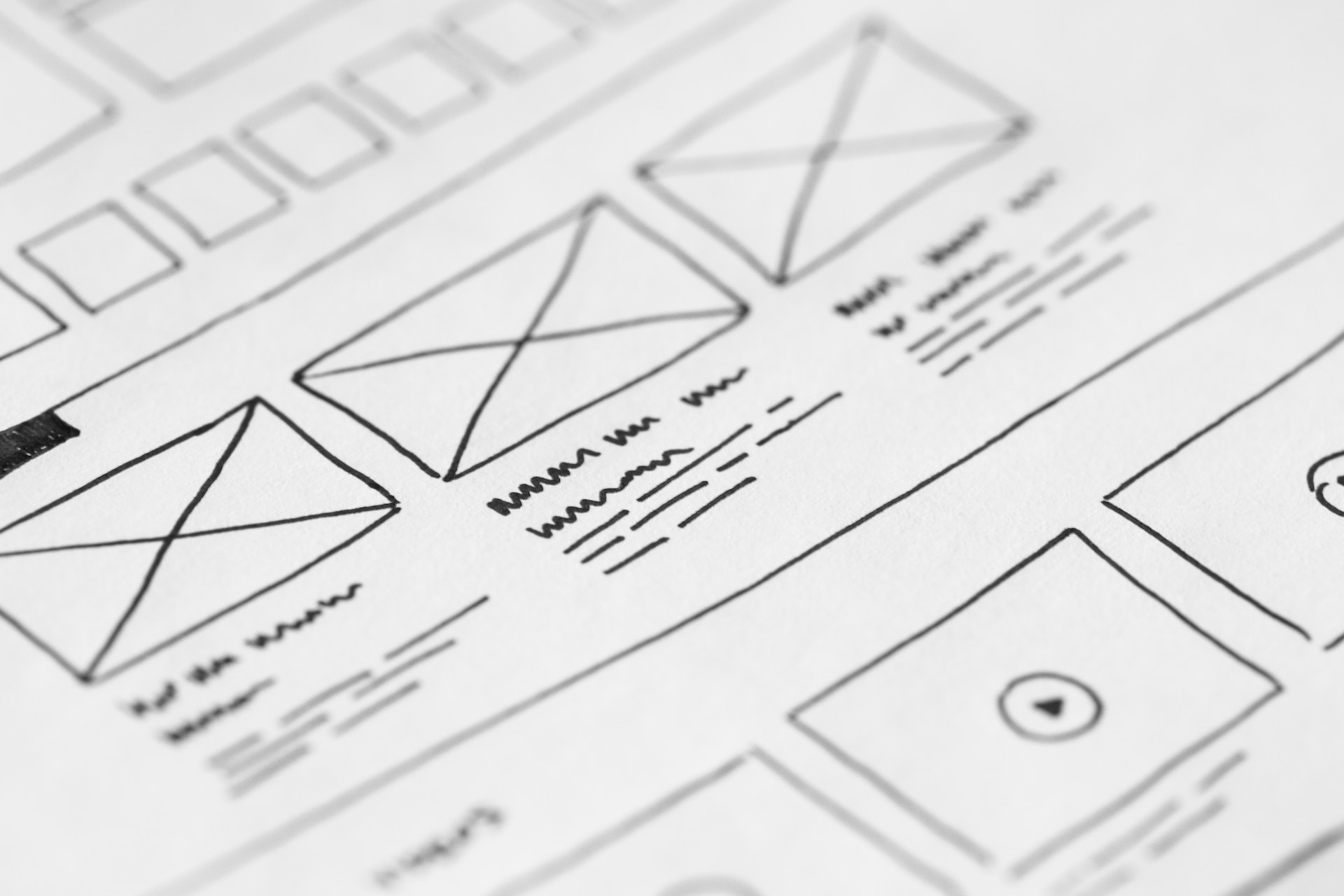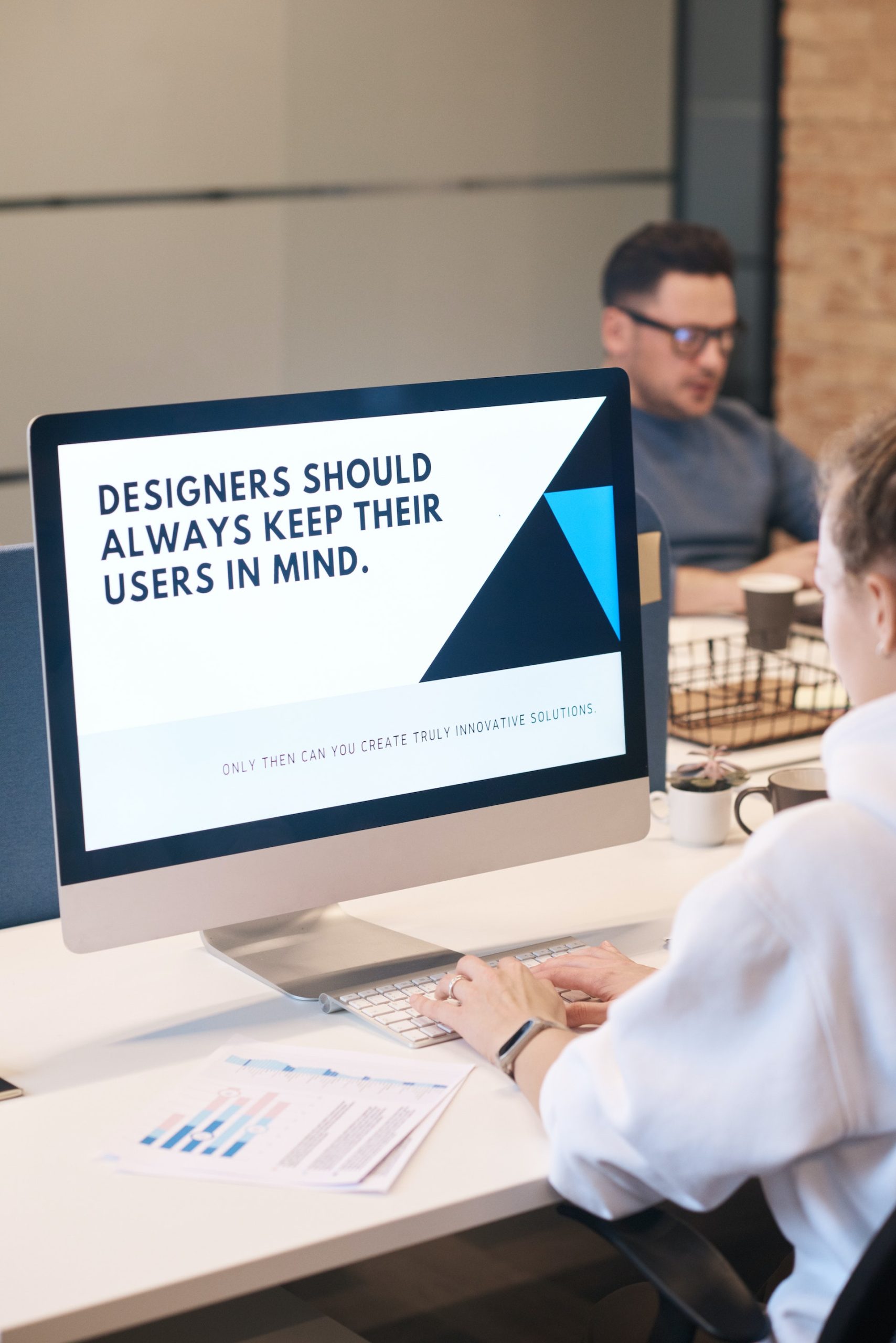A career of a UX designer is highly rated today and as such belongs to the group of highly-paid and popular careers! Anyone can become a UX Designer but how the process will be for every individual strictly depends on their background knowledge of graphic design, market research, and other related skills. If you are already familiar with these branches, you can easily become a successful UX Designer!
But, to make that process, even more, easier for you, in this article we are going to present some of the most important steps you should take care of, as well as a couple of tools that could ease your work.
1. Learn UX design basics
The first step when entering the world of UX design is learning about its basics of it. This means you need to do thorough research on everything that UX design brings and takes, what are the advantages, what are the obstacles, and more!

Improving the quality of the final product for a better user experience is the primary goal of a UX Designer. Thus, to be a successful newcomer to this field, you should pay attention to what the users need, what they consider important, their capabilities, their boundaries, etc.
This means you should pay special attention if the product fulfills the following criteria:
- Usefulness – Every aspect of the product should serve the customers to the greatest extent possible.
- Desirability – Every aspect of the product should attract attention, increasing the customer’s desire to use it.
- Usability – The goal of a UX designer is to make the product simple and all of its components accessible to anybody. Thus, the usability of the product is essential since it provides the best indicator of how satisfied the user is with the product.
- Discoverability – As previously said, all of the product’s components should be conveniently accessible and attainable.
- Accessibility – This means that the product should be available to everyone, including individuals with minimal technical skills or those suffering from specific physical conditions (disability, e.g.).
- Trustworthiness – Security, and privacy are the final and most crucial aspects to consider when building a product for the greatest user experience. Its consumers should not be concerned about data leaks and should feel secure when using it.
All of the aforementioned items necessitate extensive research. Implementing public opinion research, gathering user feedback in various forms, observations, analysis, and more can help determine user requirements and preferences.
2. Get the right design tools
Talebook

Talebook is one of the software which enables you to conduct user interviews and gather results that can be used in creating the best product from a user experience standpoint.
It is an interactive UX toolkit that lets you discover, create user interviews, analyze competitors, analyze problems, their valuations, solutions, and flows, and create prototypes of your next project.
Figma

Figma is a highly useful and popular collaborative platform among UX design teams. It makes the entire project execution process much easier because it gathers everyone involved, enhancing the design process and resulting in a superior product.
It enables you to design, prototype, and create workflows, offering you a myriad of tools, plugins, extensions, and other features for design and collaboration.
Adobe XD

Adobe has not forgotten about UX designers in its plethora of valuable software. Therefore, Adobe XD is a perfect and intuitive platform for creating responsive designs and interfaces, prototypes, workflows, wireframes, and team collaboration, as well!
It has an intuitive and user-friendly interface that enables anyone to use it effectively. It has great integration with other apps, such as Illustrator and Photoshop, which you can exploit for a better visual look of your product, and with various third-party plugins that make Adobe XD even more powerful.
3. Work on your projects to develop your UX design skills
What better way to learn and improve a new skill than to practice it? It is widely believed that we learn best by doing. The same is applicable to UX design. You will improve as you devote time and energy to learning, researching, and developing new ideas.
Taking online courses and participating in them is a great way to kickstart your career as a UX designer. There are tons of courses online that you can enroll in and improve your knowledge you can later use to design projects on your own. Prototyping, Visual Designing, User Research, Information Architecture, App Development, Communication, etc, are the segments you have to learn to reach the stage where you can create and finish the project by yourself.
 Regarding what could you take for the projects, there is a variety of things that could help you improve your UX design knowledge. One of the examples is developing a landing page, potentially with the assistance of a Webflow design agency. A landing page is nowadays one of the essential things in web development where you inform the visitor about current ongoings on the website (such as when the site is going live during the development process, or to inform visitors about the issue that happened which made you to temporarily shut down the page).
Regarding what could you take for the projects, there is a variety of things that could help you improve your UX design knowledge. One of the examples is developing a landing page, potentially with the assistance of a Webflow design agency. A landing page is nowadays one of the essential things in web development where you inform the visitor about current ongoings on the website (such as when the site is going live during the development process, or to inform visitors about the issue that happened which made you to temporarily shut down the page).
The importance of a landing page stems from the fact that it may be interactive – you can design a signup form, newsletter form box, and similar interactive things, to encourage visitors to leave their information, which you can use for promotional purposes, for instance.
Having said that, creating a landing page might be a fantastic first project for your UX design career.
4. Develop a portfolio
Finally, the ideal way to demonstrate your abilities and artwork is to create a portfolio in which you may proudly display your samples and efficiently present your skills! It is a great way to highlight your achievements and projects, and as such should be the main component of every UX designer’s career.
Creating a portfolio is not a big deal but it can create miracles when applying for a job by highlighting your resume during the selection process! What you should do is take a couple of projects you are most proud of and showcase them with a detailed analysis of what have you done.

This should include the list of problems you faced and resolved, with detailed answers to questions such as how did you resolve them, the role you had in the specific project and how you collaborated with the team, what obstacles and challenges were present during the development process, how the solutions impacted the final version of a product, and finally what you learned during the process.
Nowadays, portfolios are mainly created online on one of the popular portfolio generator websites. They are easily accessible to anyone and can be shared effortlessly. However, there are other ways of creating portfolios such as creating PDF slides.
Final words
Becoming a UX Designer may be the best decision you ever make for your professional career because it provides numerous advantages in both the financial and professional aspects of your life. In this article, we covered several important factors to consider if you want to become a successful UX Designer.


